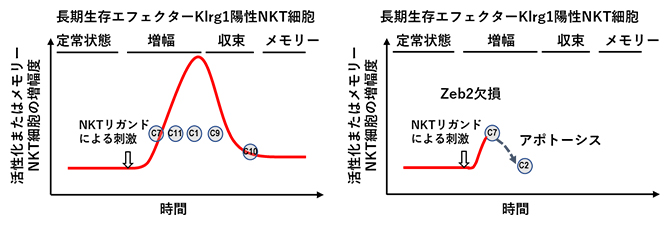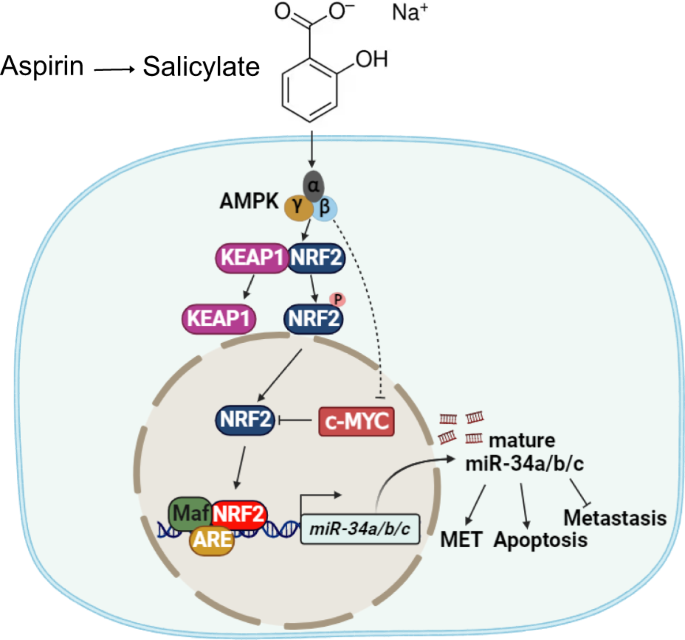2023-10-31 ミュンヘン大学(LMU)
◆この検査は指先からの血液を使用し、1時間以内に結果が得られます。研究によれば、この新しいツールは他の結核検査と比較して60%以上の正確さと90%の特異性を持ち、子供の結核診断に有望です。新しいツールは成人のサンプルから開発されましたが、子供向けに調整することで正確性を向上させる可能性があります。
<関連情報>
- https://www.lmu.de/en/newsroom/news-overview/news/new-tool-makes-it-easier-to-diagnose-tuberculosis-in-children.html
- https://www.thelancet.com/journals/laninf/article/PIIS1473-3099(23)00491-7/fulltext
小児結核に対する3遺伝子結核菌宿主反応カートリッジの診断精度:低・中所得国における多施設前向き研究 Diagnostic accuracy of a three-gene Mycobacterium tuberculosis host response cartridge using fingerstick blood for childhood tuberculosis: a multicentre prospective study in low-income and middle-income countries
Laura Olbrich,Valsan P Verghese,Zoe Franckling-Smith,Issa Sabi,Nyanda E Ntinginya, Alfred Mfinanga,Denise Banze,Sofia Viegas,Celso Khosa, Robina Semphere,Marriott Nliwasa,Timothy D McHugh, Leyla Larsson,Alia Razid,Rinn Song,Elizabeth L Corbett,Pamela Nabeta,Andre Trollip,Stephen M Graham,Michael Hoelscher,Christof Geldmacher,Heather J Zar, Joy Sarojini Michael, Norbert Heinrich, on behalf of the RaPaed-TB consortium
The Lancet Infectious Diseases Published:October 30, 2023
DOI:https://doi.org/10.1016/S1473-3099(23)00491-7

Summary
Background
Childhood tuberculosis remains a major cause of morbidity and mortality in part due to missed diagnosis. Diagnostic methods with enhanced sensitivity using easy-to-obtain specimens are needed. We aimed to assess the diagnostic accuracy of the Cepheid Mycobacterium tuberculosis Host Response prototype cartridge (MTB-HR), a candidate test measuring a three-gene transcriptomic signature from fingerstick blood, in children with presumptive tuberculosis disease.
Methods
RaPaed-TB was a prospective diagnostic accuracy study conducted at four sites in African countries (Malawi, Mozambique, South Africa, and Tanzania) and one site in India. Children younger than 15 years with presumptive pulmonary or extrapulmonary tuberculosis were enrolled between Jan 21, 2019, and June 30, 2021. MTB-HR was performed at baseline and at 1 month in all children and was repeated at 3 months and 6 months in children on tuberculosis treatment. Accuracy was compared with tuberculosis status based on standardised microbiological, radiological, and clinical data.
Findings
5313 potentially eligible children were screened, of whom 975 were eligible. 784 children had MTB-HR test results, of whom 639 had a diagnostic classification and were included in the analysis. MTB-HR differentiated children with culture-confirmed tuberculosis from those with unlikely tuberculosis with a sensitivity of 59·8% (95% CI 50·8–68·4). Using any microbiological confirmation (culture, Xpert MTB/RIF Ultra, or both), sensitivity was 41·6% (34·7–48·7), and using a composite clinical reference standard, sensitivity was 29·6% (25·4–34·2). Specificity for all three reference standards was 90·3% (95% CI 85·5–94·0). Performance was similar in different age groups and by malnutrition status. Among children living with HIV, accuracy against the strict reference standard tended to be lower (sensitivity 50·0%, 15·7–84·3) compared with those without HIV (61·0%, 51·6–69·9), although the difference did not reach statistical significance. Combining baseline MTB-HR result with one Ultra result identified 71·2% of children with microbiologically confirmed tuberculosis.
Interpretation
MTB-HR showed promising diagnostic accuracy for culture-confirmed tuberculosis in this large, geographically diverse, paediatric cohort and hard-to-diagnose subgroups.
Funding
European and Developing Countries Clinical Trials Partnership, UK Medical Research Council, Swedish International Development Cooperation Agency, Bundesministerium für Bildung und Forschung; German Center for Infection Research (DZIF).


